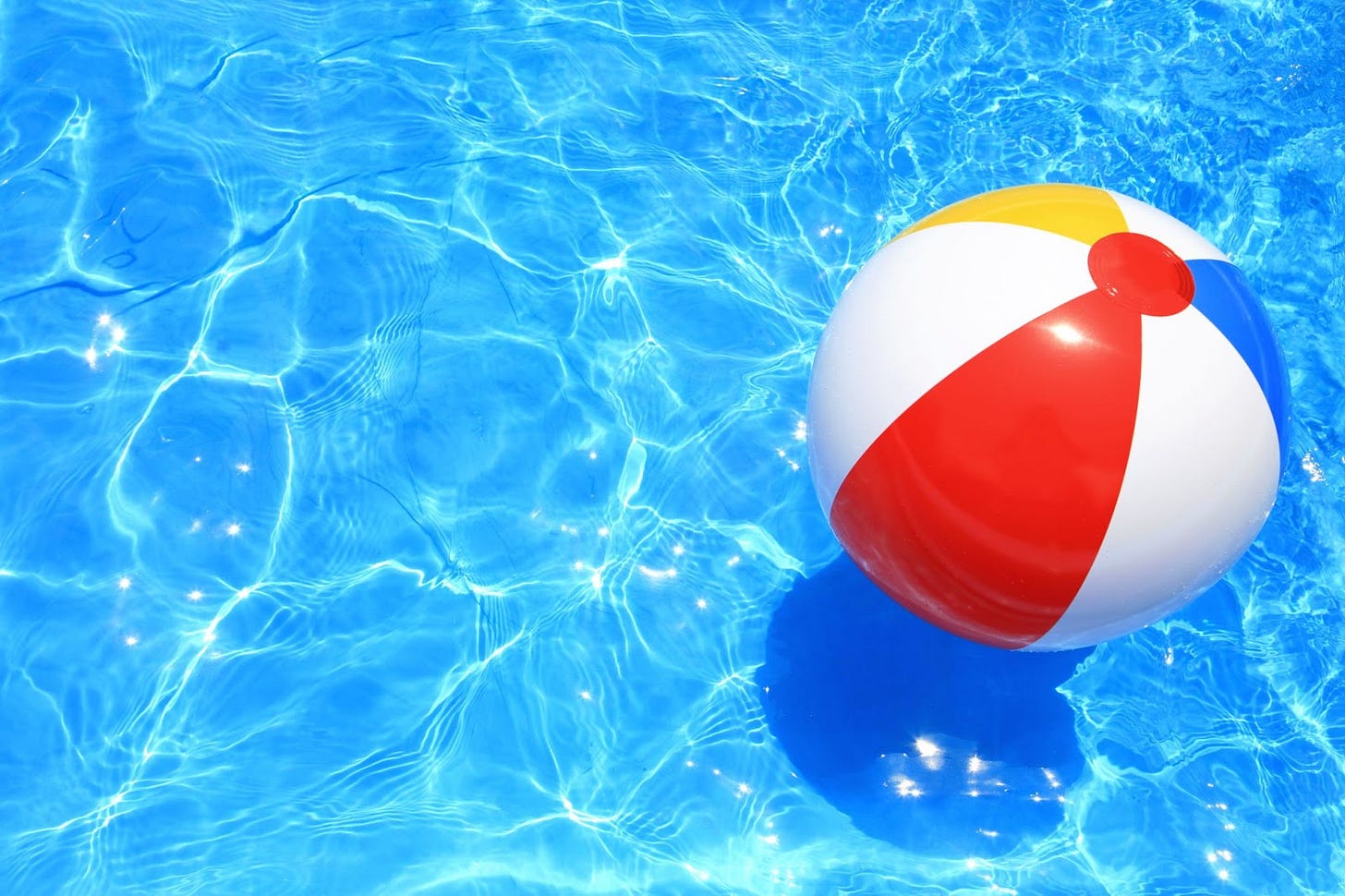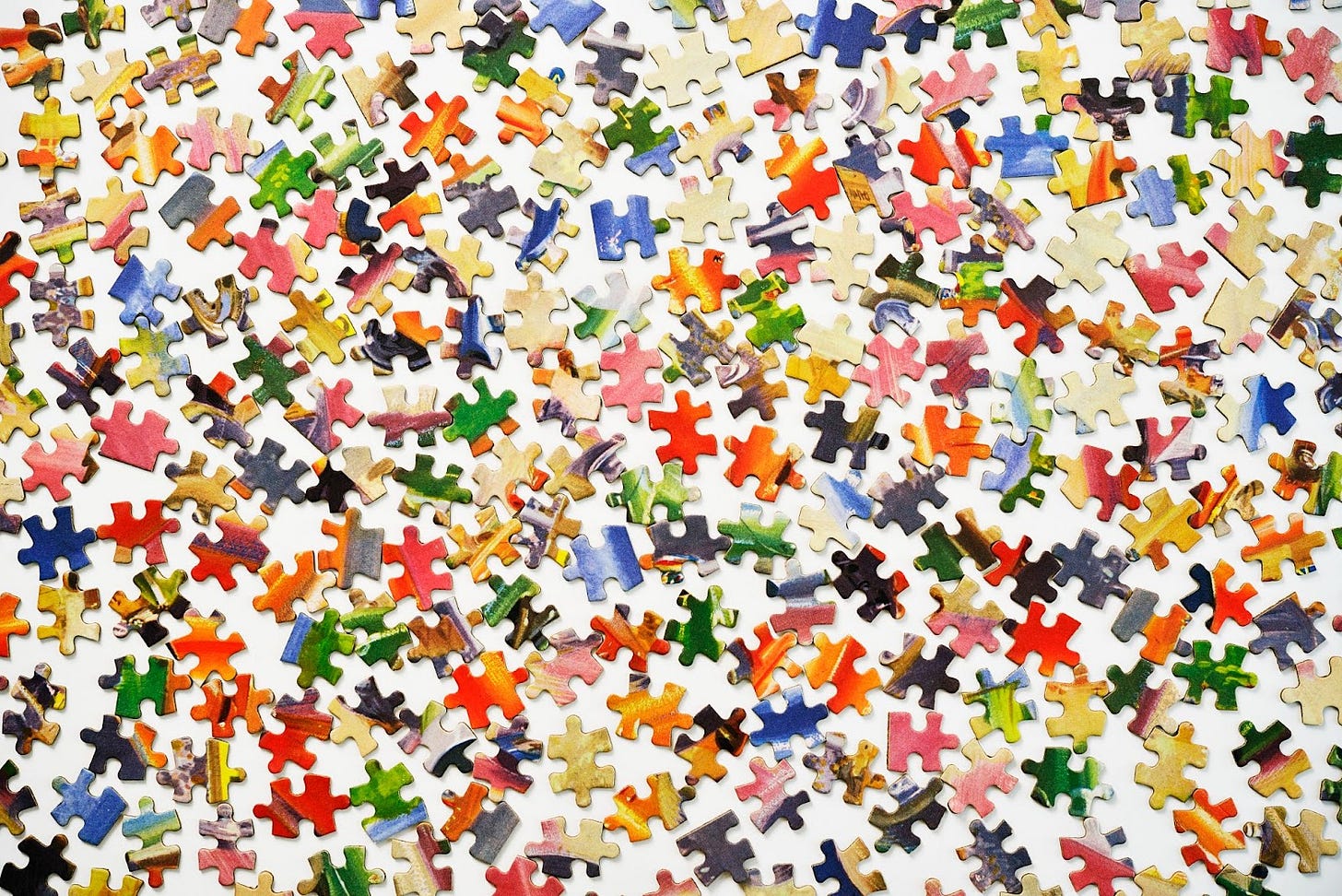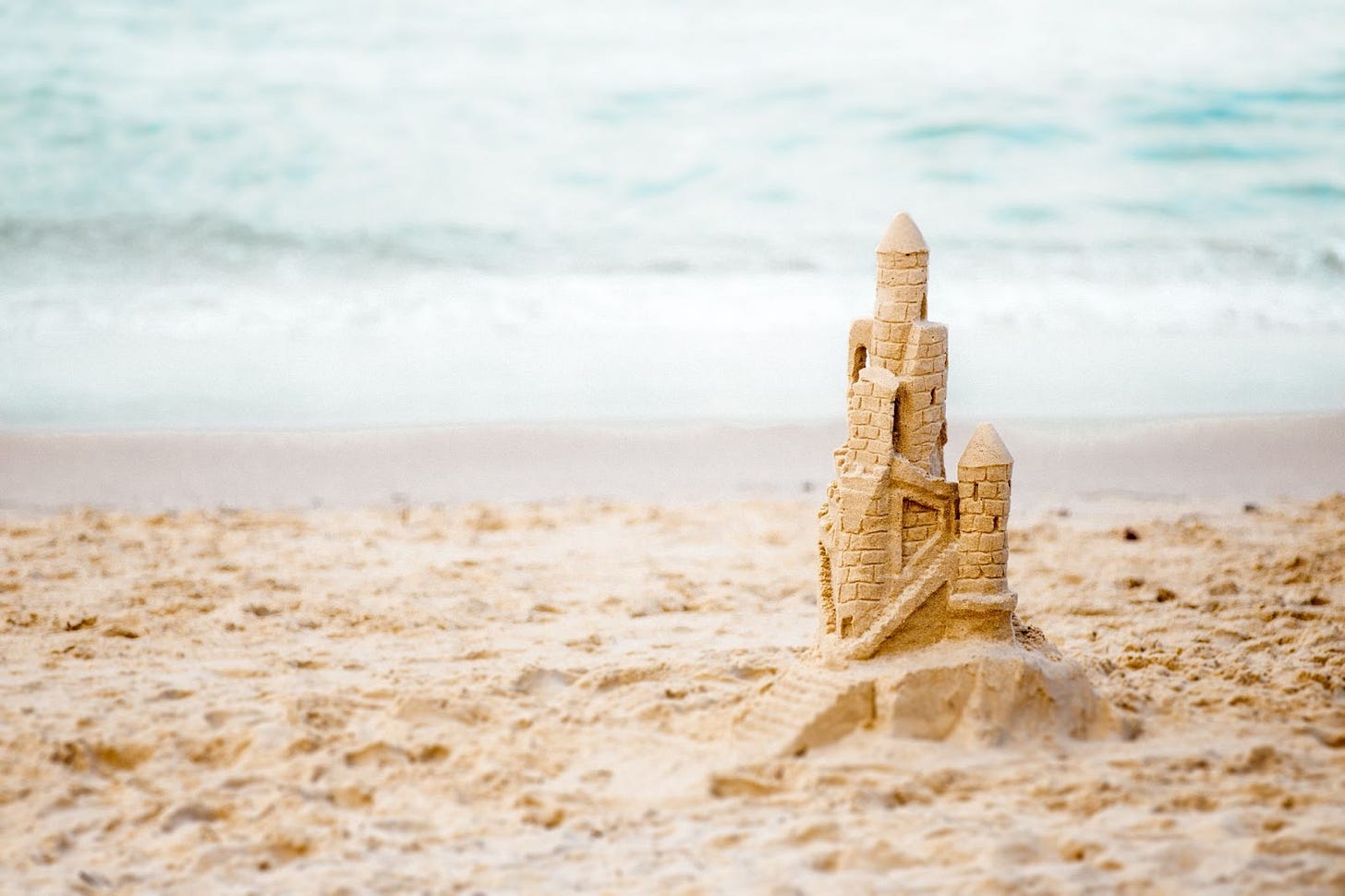Go with the flow
I found full immersive focus, and it saved me.
Four hours into a weeklong family vacation, my mom broke her foot. She was returning from an evening walk on the beach and took a wrong step off the boardwalk stairs leading back to the house.
It was a minor mistake, but the consequences were major. My mom fainted from the pain, which caused chaos and confusion. We spent the remainder of the night determining how to get her into the three-story beach house and whether or not she needed to immediately go to the hospital. Eventually, we got her into bed with the help of a sturdy sun lounger, several strong relatives, and the house’s surprise elevator; the next morning, she was transported by ambulance to the ER.
All things considered, my mom was and is fine. She made the most of her remaining beach trip on crutches and is now back home, learning how to get around her apartment. There are doctor’s appointments ahead, which will give us more information about how long she’ll be in recovery, but, overall, things are looking up.
The night of the injury, though, my trauma-informed brain went into overdrive. Being told that my mom had fainted brought back powerful memories of my late husband’s fatal collapse. Simultaneously worrying about my mom’s health while also making sure my toddler was safe in a new, un-childproofed house kept me on high alert. And thinking about how to navigate the month ahead, one full of work and lacking the usual childcare support, left me feeling panicked.
This was a vacation I’d been looking forward to for years. It was the first opportunity for my extended relatives to meet both my partner and daughter. It was a rare chance to swim, to relax, to eat good food, and to remember what makes family so special. And there was a real risk of letting it all pass me by.
Thankfully, that didn’t happen. While the beach trip wasn’t exactly what we all envisioned, it was still incredibly special. My relatives loved Billy and Cass, who loved them back. And, despite getting triggered and feeling stressed, I was largely able to stay present and appreciate everything around me.
I have a few things to thank for that: Supportive talks with Billy and my sister-in-love, deep breathing, the calming presence of the ocean, and the sweet distraction of my silly girl. Perhaps more than anything else, though, there were three key activities that kept me calm: working on puzzles, building sand castles, and keeping a beach ball in the air.
In other words, I found my flow state.
Flow state is something we’ve all experienced at some point. It’s the feeling of being completely absorbed and highly focused. Time seems to slow down. The chatter of your mind fades away. You’re content, entirely engaged with the task at hand.
With the exception of when I’m writing, I don’t often experience flow in my day-to-day life. I get bogged down by the stressors of work, the monotony of parenting, and the worries in my head. My priority is typically to knock the next task off my never-ending to-do list, and that to-do list rarely includes activities that allow for glorious, engaging, non-distracted focus.
But my to-do list at the beach looked a lot different. For starters, there wasn’t one. Whenever I’d get a break from toddler-wrangling, I’d feel almost overwhelmed by the possibilities in front of me. I could read on the couch! Go for a walk on the beach! Take a nap in a hammock! Or a dip in the pool!
My other favorite kind of flow? Cash flow! 💸 The best way to support My Sweet Dumb Brain is by becoming a paid subscriber.
I spent one afternoon building a sandcastle village with my brother. Just like when we were kids, we sat side by side in the warm sand, working together on an ephemeral masterpiece. We dug a moat and built turrets. Created tunnels and added seashell decorations. Debated the ideal sand-to-water ratio for constructing the biggest, sturdiest towers. And then, after our work was done, we called my daughter over to participate in the best part of sandcastle building: knocking it all down.
Another afternoon, I joined my cousins in the pool. Again, like when we were kids, we played the timeless game of keeping a beach ball aloft as long as possible. We’d stand in a circle, batting the ball from person to person, counting the number of hits aloud. With each new bump, our voices would get a little louder. Ten! Eleven!! Twelve!!! Our record stands at twenty-five.
Many afternoons, I’d chip away at a 1,000-piece puzzle we’d scattered across one of the dining room tables. (This house was giant, with enough room for two dining room tables.) I’d plop into a chair and start working on a section of the puzzle—matching like colors to like colors, figuring out how the pieces interlocked, feeling a small thrill every time I made a connection.
Each of these activities required a special sort of concentration. I (sadly) don’t build sandcastles, work on jigsaw puzzles, or bat around beach balls in my daily life, so the acts felt fresh and demanded full attention. They’re repetitive tasks—hit the ball, place the piece, fill the bucket, repeat—that create a meditative cadence. Maybe most important, they’re tactile. Each activity requires doing something with my hands—touching gritty sand, hitting a wet ball, or moving around tiny puzzle pieces. Doing something that involved both my body and brain was especially refreshing.
My favorite benefit of flow state is how it quiets the chatter in my mind. Instead of worrying about my mom’s recovery or my future workload—things I had little control over during an out-of-state vacation—I focused instead on tasks like completing a puzzle. Even if I spent just a few minutes placing pieces together, I’d feel content and calm, and like I accomplished something worthwhile. Afterwards, I’d be more refreshed, more capable of facing the real-world stressors ahead of me.
It’s not surprising that, in the early days of the COVID pandemic, puzzle sales exploded. Working on jigsaw puzzles gave us all something to do when other options were limited. And they offered a unique opportunity for flow—for quieting our minds—in an especially anxious time.
My mom was one of the people who latched onto puzzles during the pandemic; she still enjoys them to this day. At the beach house, I asked her what she enjoys most about the activity. She said that, when the world feels especially overwhelming, working on a jigsaw puzzle is a balm.
“It’s something that’s solvable,” she said.
Positive psychologists Jeanne Nakamura and Mihaly Csíkszentmihályi explain that flow is more than just being “in the zone.” The research duo describe it as a state of intense concentration, the experience of being fully immersed in whatever you are doing, and a feeling of ecstasy. More notably, they consider flow to be an essential component of a good life.
“The best moments in our lives are not the passive, receptive, relaxing times,” Csíkszentmihályi wrote. “The best moments usually occur if a person’s body or mind is stretched to its limits in a voluntary effort to accomplish something difficult and worthwhile.”
Csíkszentmihályi’s best-selling book, Flow: The Psychology of Optimal Experience, was published in 2008. During its marketing flurry, I read lots of articles about the concept, and fell in love with the idea of achieving flow as much as possible.
That year, 2008, marked my first full year working at CNN. The newsroom was an exciting and demanding workplace that, in all of its newness, offered me plenty of flow experiences. It was also the year I got married—planning for a frugal wedding meant lots of DIY projects, which also meant lots of flow. And it was the year that Jamie and I moved into a house. Having more space to decorate and host also gave me lots of chances for tasks that required fully immersive focus. It was the year of flow: not surprisingly, it was also one of the happiest years of my life.
These days, flow feels a lot less common—which makes me sad. I hadn’t really considered the lack of flow in my life until I started thinking about this essay; I also hadn’t reflected on the importance of flow in a long time.
This is something I want to change. Seeing how much the flow state saved me last week reminded me of what I’m missing.
I’m now back from the beach, back in the real world, back to writing weekly essays, working with freelance clients, and juggling parenthood, now on top of taking care of a parent. It would be easy to argue that there’s no room in my life for flow. But I think Nakamura and Csíkszentmihályi would tell me differently. I think they’d remind me that now is the perfect time to find a little bit of ecstasy.
xoxo KHG
p.s. What’s your favorite way to find a flow state? I’d love to hear! Share your ideas in the comments.
p.p.s. Paying subscribers get bonus content at the bottom of each newsletter. This week includes some great flow-related recommendations, plus some details on the wild and wonderful book that I can’t put down.





